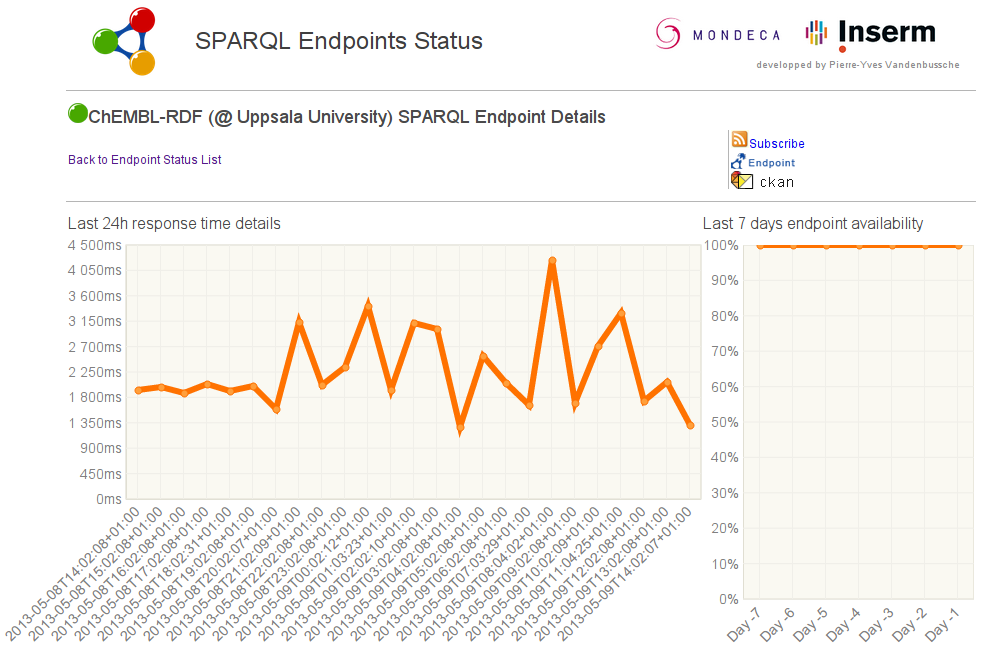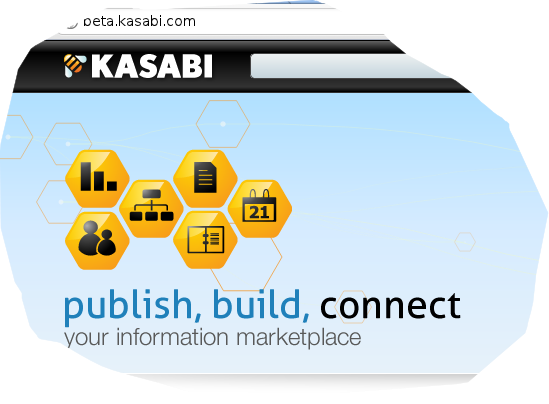
Just a quick note: I just love the level of detail Wikidata allows us to use. One of the marvels is the practices of named as, which can be used in statements for subject and objects. The notion and importance here is that things are referred to in different ways, and these properties allows us to link the interpretation with the source.






